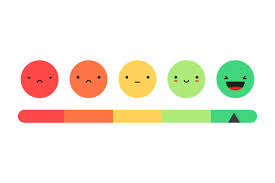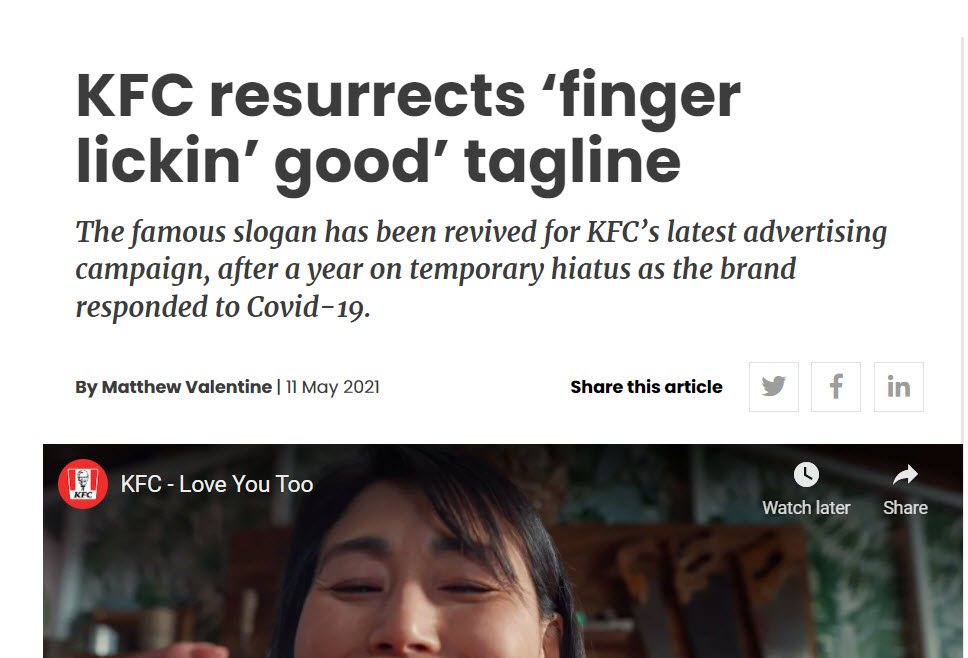How Brand Strategy Works.
I worked at an ad agency a while back that did the advertising for the North Shore-LIJ Health System, now known as Northwell Health. The brand strategy for the work used the word “systematized” as part of the claim — a word some of senior hospital management people felt was cold and impersonal. It was the job of the creative team to warm up the claim, but there was no denying North Shore was a system and that constant measurement and improvement was their secret sauce. Still is.
 Anyway, no matter who I met with at the system, no matter the clinical practice, the way to the particular ad topic was through a discussion of the systematized way the group improved care. No sidebars about how much they “cared” or deep dives into what they called “the highest quality of care,” we hunkered down in the measures and processes and, hopefully, unique practices. You see the tagline for the system was “Setting New Standards in Healthcare” and for every ad that was our mission — always show the standards and practices North Shore used to improve care.
Anyway, no matter who I met with at the system, no matter the clinical practice, the way to the particular ad topic was through a discussion of the systematized way the group improved care. No sidebars about how much they “cared” or deep dives into what they called “the highest quality of care,” we hunkered down in the measures and processes and, hopefully, unique practices. You see the tagline for the system was “Setting New Standards in Healthcare” and for every ad that was our mission — always show the standards and practices North Shore used to improve care.
Having that brand strategy in place made our job easy. It made the jobs easier for the doctors, nurses and administrators we interviewed. In fact, over time they would know the questions we would ask, before we asked them. A great brand strategy is enculturated into an organization. Same hymnal, same pew.
For examples of how this enculturation works in other categories, write Steve at WhatsTheIdea dot com
Peace.









